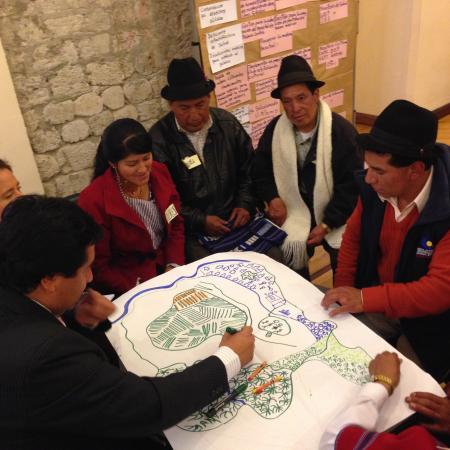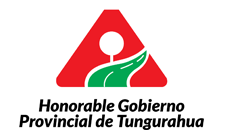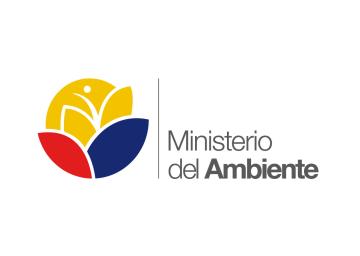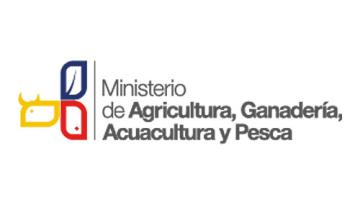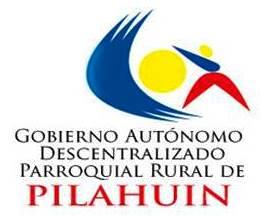
Conservation and sustainable use of páramo ecosystems as a response to climate change in Tungurahua, Ecuador
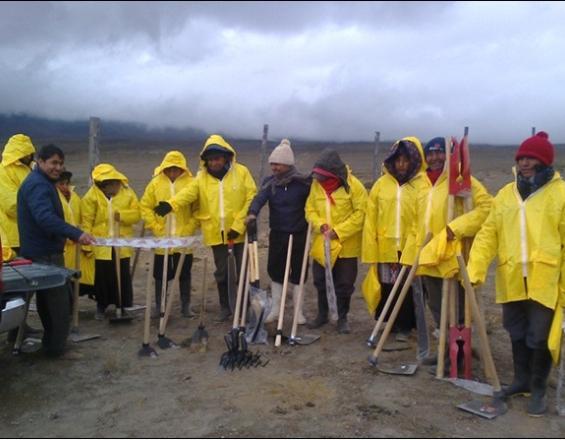
The páramo - the typical moorland of the high Andes – is an important ecosystem as it provides key ecosystem services to local communities, especially regarding water regulation. Nevertheless, this ecosystem is under severe threat mainly due to overuse and climate change. With a projected reduction in annual precipitation in Tungurahua, it is ever more important to conserve the páramo ecosystem. The solution integrated climate change into planning and strengthened local management structures.
Context
Challenges addressed
Location
Process
Summary of the process
Building Blocks
Integration of climate change into development planning
Enabling factors
Lesson learned
Institutional agreements and participatory decision-making based on MARISCO method
Enabling factors
Lesson learned
Impacts
*The institutional integration of climate change has strengthened its legitimacy and has allowed economic and human resources to be allocated to it. *Among other capacity development activities, a programme for environmental leadership at the community level in the páramo area was supported. *Technical assessments, hydrological models and a hydro-meteorological monitoring system provide decision-makers with hard facts on which to base policy. *Participatory assessments have allowed stakeholders to understand how climate and non-climate risks can reinforce each other. The results are clear and holistic strategies, theories of change and a monitoring system. *Priority measures for the conservation and sustainable use of the ecosystems have been identified and are being implemented. These include improved inter-institutional coordination with the aim of developing a common vision and priorities for the region, the restoration of degraded páramo areas and the creation of a local forest management association (“Páramos Andinos de Pilahuín”) that will manage and monitor the mentioned restored areas, among other tasks.
Beneficiaries
Sustainable Development Goals
Story
